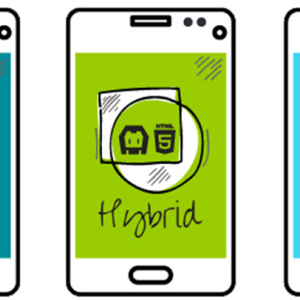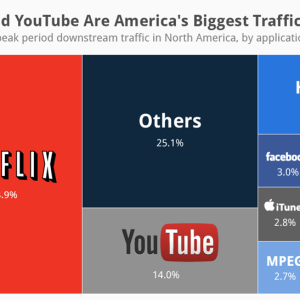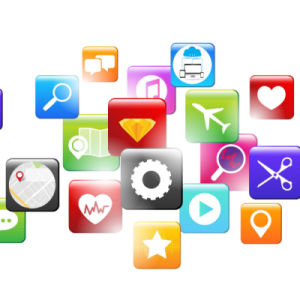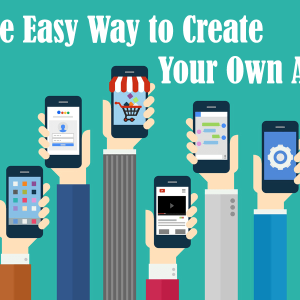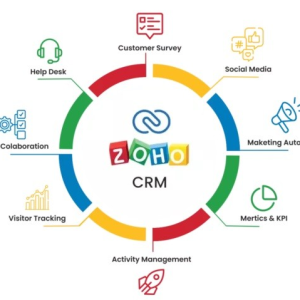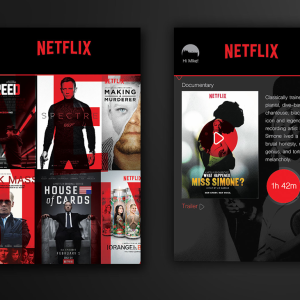Introduction
Augmented reality (AR) is an interactive experience of a real-world environment where the objects that reside in the real world are enhanced by computer-generated perceptual information, sometimes across multiple sensory modalities, including visual, auditory, haptic, somatosensory, and olfactory.
However, AR is a relatively new concept, more even a future concept, but it is something that can change the world of website and mobile applications forever. In this article, we will guide you through everything you need to know about using AR in your website or mobile application.
What is AR?

AR is a technology that allows users to interact with digital content in the real world. This interaction can be as simple as overlaying digital information on top of the physical world, or it can be more complex, such as allowing users to control digital content with their hands or voice.
The simplest form of AR is a Heads-Up Display (HUD) overlaying digital information on top of the physical world. This can be as simple as a pair of virtual reality glasses that show you directions to your destination, or it can be more complex, such as a helmet that allows you to see through walls.
The most advanced form of AR is known as Mixed Reality (MR), which is an interactive experience where the real world and digital world are merged. This can be as simple as digitally placing a furniture piece in your living room to see how it would look, or it can be more complex, such as being able to control a digital character with your body movements.
Types Of Augmented Reality

There are two main types of augmented reality: marker-based and markerless.
Marker-based augmented reality uses physical markers to trigger the display of digital content. The most common type of marker is a QR code, but AR markers can also be images, shapes, or even real-world objects.
Markerless augmented reality does not require physical markers to trigger the display of digital content. Instead, it uses GPS, accelerometers, and other sensors to track the user’s location and orientation in the real world and overlay digital content accordingly.
Applications of AR

AR has many potential applications in the field of website and mobile development.
Some of the most common applications include:
1. Improve user experience by overlaying digital content on top of the physical world.
2. Create an interactive environment that allows users to control digital content with their hands or voice.
3. Place digital furniture in a room to see how it would look before buying it.
4. Train employees on how to use new equipment without having to leave the office.
5. Allow customers to try on clothes before buying them.
6. Help people find their way around a city or campus by overlaying directions on top of the real world.
7. Learn about the history of a place by overlaying digital information on top of the physical world.
8. Help students learn by overlaying digital content on top of their physical textbooks.
9. Increased customer engagement through interactive AR experiences and much more!
The answer depends on the website or application you want to create. You can use AR to create a more immersive and interactive experience for your users, or you can use it to simply overlay digital content on top of the physical world.
The possibilities are endless!
How to Use AR in Your Website or Mobile Application
There are two main ways to use augmented reality in your website or mobile application: through a web browser and through a mobile app.
Using AR Through a Web Browser
If you want to use augmented reality on your website, you will need to use a web browser that supports AR. Currently, the only web browser that supports AR is Google Chrome.
To use AR on your website, you will need to create a 3D model of the content you want to display in augmented reality. Once you have created your 3D model, you can upload it to a website like Sketchfab or Google Poly.
Once your 3D model is uploaded, you can then embed it into your website using an AR viewer like ARToolkit or Aframe.
Using AR Through a Mobile App
If you want to use augmented reality in your mobile application, you will need to use a mobile app development platform that supports AR. Currently, the two most popular platforms for developing AR mobile apps are Apple’s ARKit and Google’s ARCore.
To use AR in your mobile application, you will first need to create a 3D model of the content you want to display in augmented reality. Once you have created your 3D model, you can then integrate it into your app using one of the aforementioned AR platforms.
Examples of real-world websites and apps that are using AR effectively
You can and cannot see augmented reality as common, but there are a few websites and apps that are using it effectively. You might want to try some of the following:
1. Ikea Place: With this app, you can place digital furniture in your home to see how it would look before buying it. This allows you to make sure that the furniture you want to buy will fit in your home and that you like the way it looks.
2. Google Maps: With this app, you can see digital directions overlaid on top of the real world as you walk or drive. This makes it much easier to find your way around a new city or campus.
3. Yelp: With this app, you can see digital information about businesses (such as reviews and ratings) overlaid on top of the real world. This allows you to make better-informed decisions about where to eat, drink, or shop.
4. Snapchat: This app allows you to take pictures and videos with augmented reality filters overlaid on top of the real world. This can be a fun way to add a bit of flair to your photos and videos.
5. Pokémon Go: This app allows you to catch digital Pokémon in the real world. This can be a fun way to get exercise and explore your local area.
6. Magic Leap: This app allows you to view digital content in the real world. This can be used for work, play, or education.
7. HoloLens: The Hololens app is another app where you can experience digital content in real life. You can use it for work, play or education!
8. LensKart: Wouldn’t it be great if you could try on glasses before buying them? Well now, with Lenskart, this is possible. This allows users to see what their chosen frames will look like in 3D as well as provides information about eye health from certain styles that may not meet your needs because they’re too big or small!
9. The Weather Channel: With this app, you can see digital information about the weather overlaid on top of the real world. This can help you plan your day and dress appropriately for the current conditions.
10. Waze: With this awesome app, you can see virtual information about traffic and road conditions overlaid on top of the real world. This will help drivers avoid jams by finding their fastest route to wherever they’re going!
These are just a few examples of how augmented reality can be used in a website or mobile application. As you can see, the possibilities are endless! If you can think of it, chances are you can create it with AR.
So what are you waiting for? Start experimenting with AR today!
Wrapping Up
Augmented reality is a powerful tool that can be used to improve the user experience of your website or mobile application. If you are looking to create an immersive and interactive experience for your users, then AR is something you should consider using.
If you need help getting started, 12 Channels can help! We are a team of AR experts who can help you create an AR experience for your website or mobile application. Contact us today to learn more!



